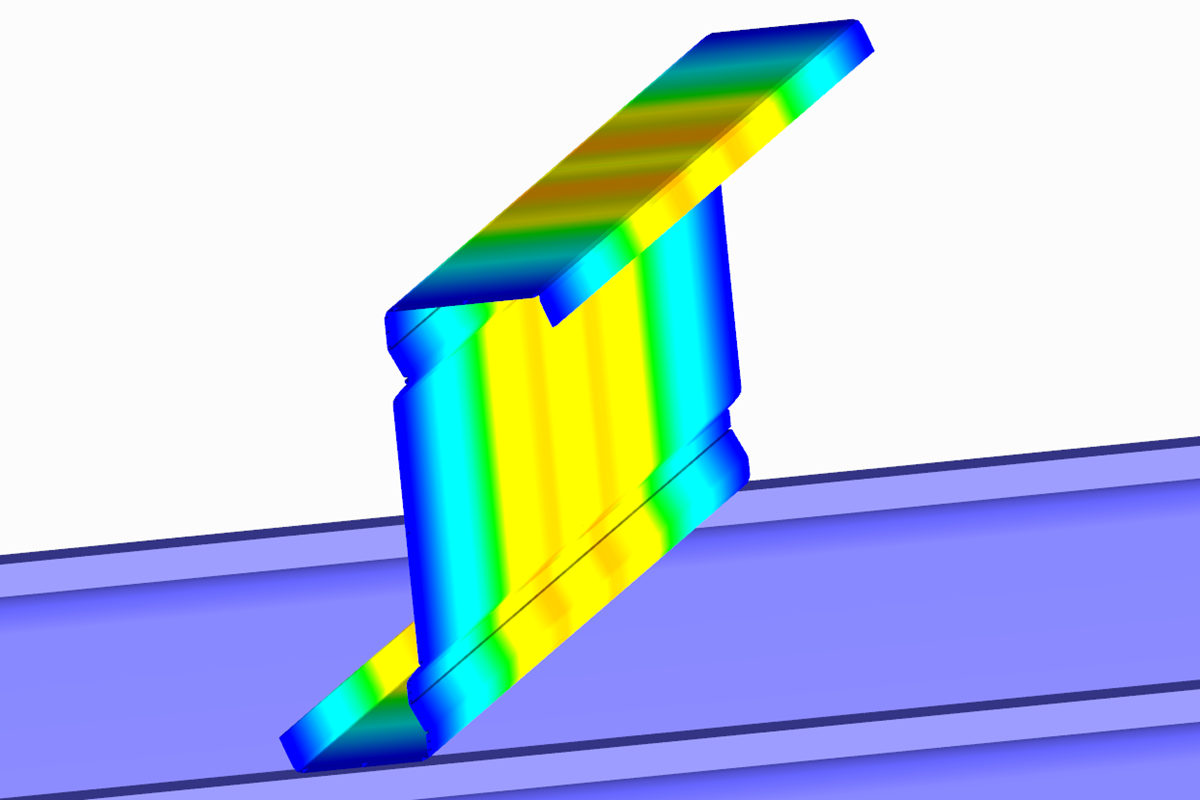Two planar structural components can be defined in the RF‑LAMINATE add-on module using the hybrid material model (Image 01).
In this case, it would be possible to automatically enter a cross-laminated timber plate according to the manufacturer's specifications (see Image 02).
However, the disadvantage of the input in the RF‑LAMINATE add-on module lies in the requirement for a rigid connection. This is not the case of the timber-concrete composite structure. Thus, the calculation is only an approximation.
Another option is to couple two surfaces using a surface release or a contact solid. The advantage is that you can define almost any shear transfer this way (Image 03). In the RFEM model file attached, this has been defined in the middle second model.
The third option would be to define a hybrid member as specified in the third model of the attached file. In this case, however, the biaxial load transfer of the structure will not be considered. However, this method has the advantage of highly automated design. It is also explained in this FAQ.








































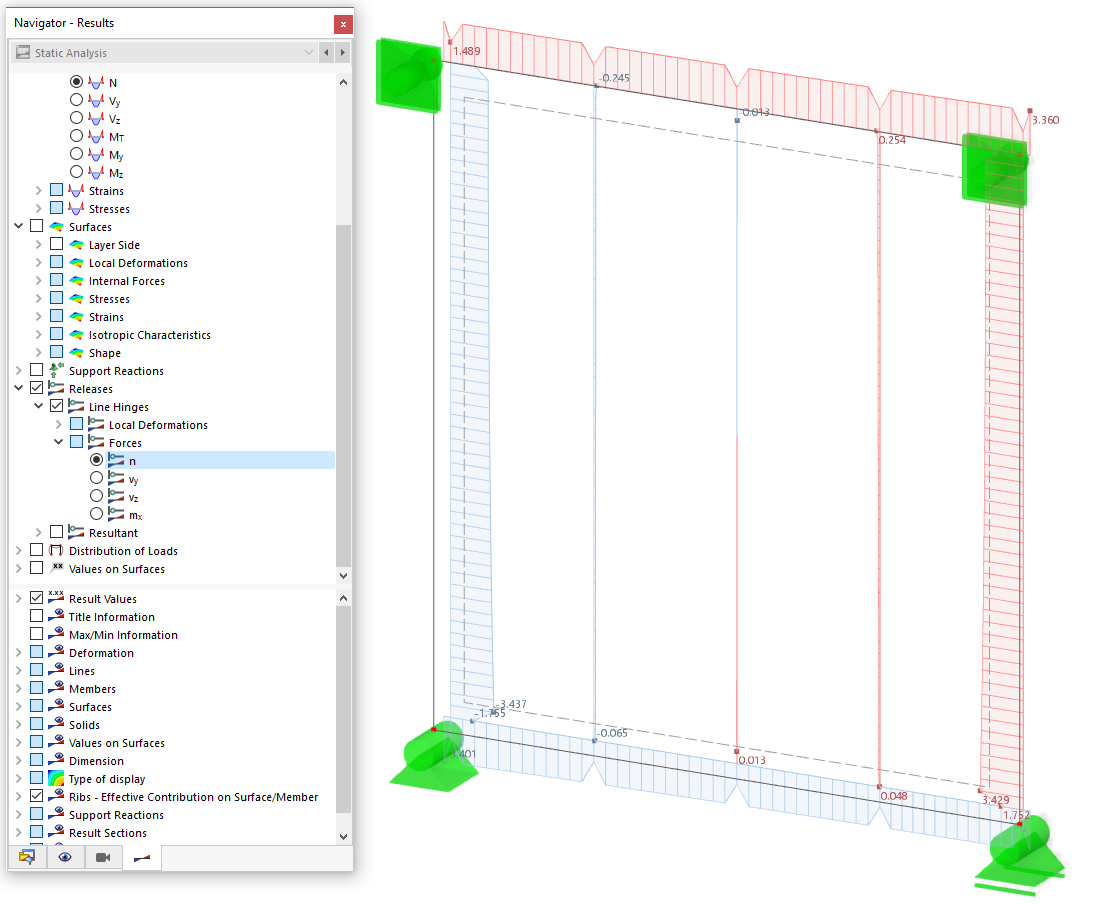
.png?mw=512&hash=4a84cbc5b1eacf1afb4217e8e43c5cb50ed8d827)




.png?mw=350&hash=187431ff0921a053ea538cf819f6011f8c203921)

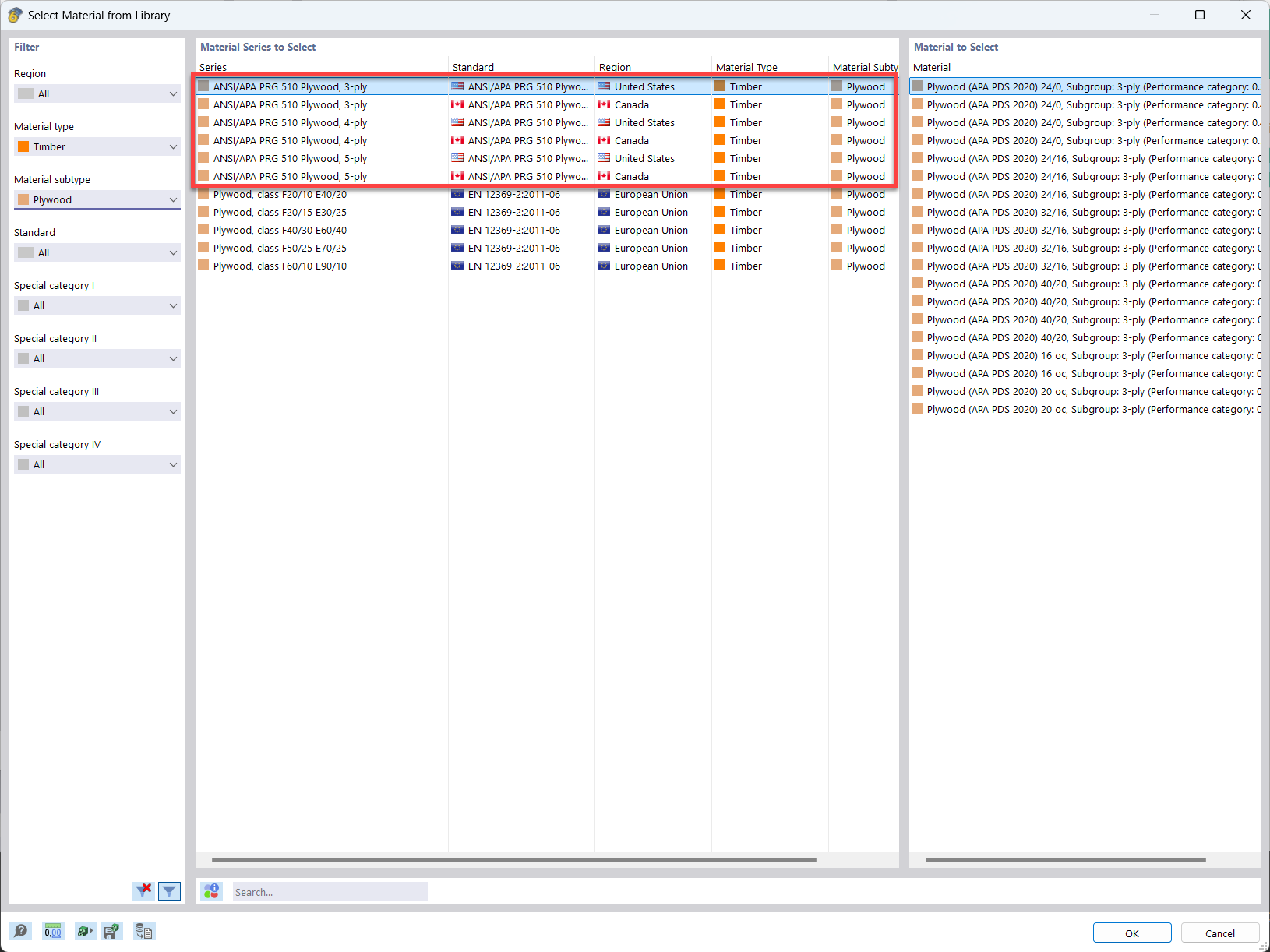
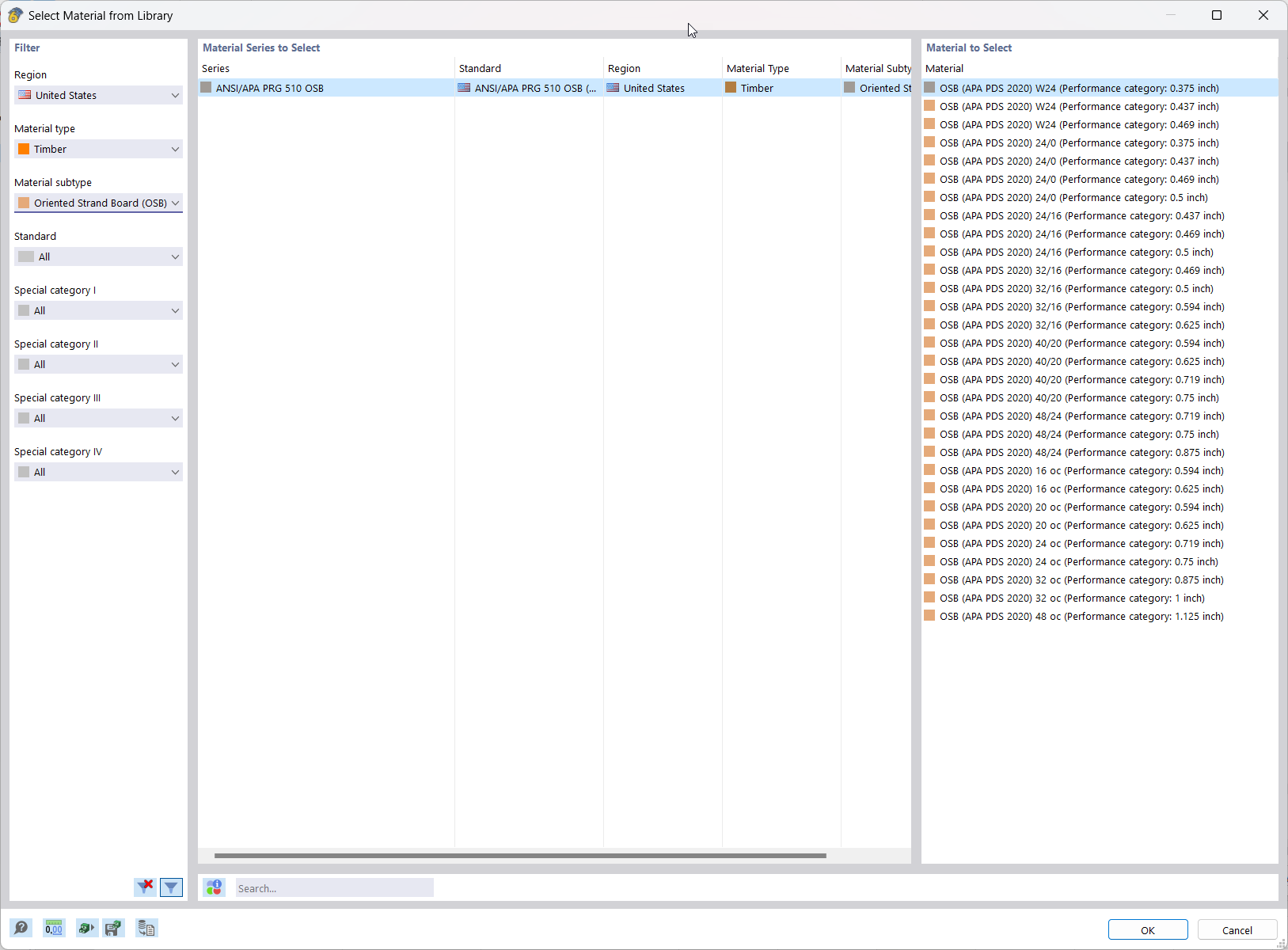

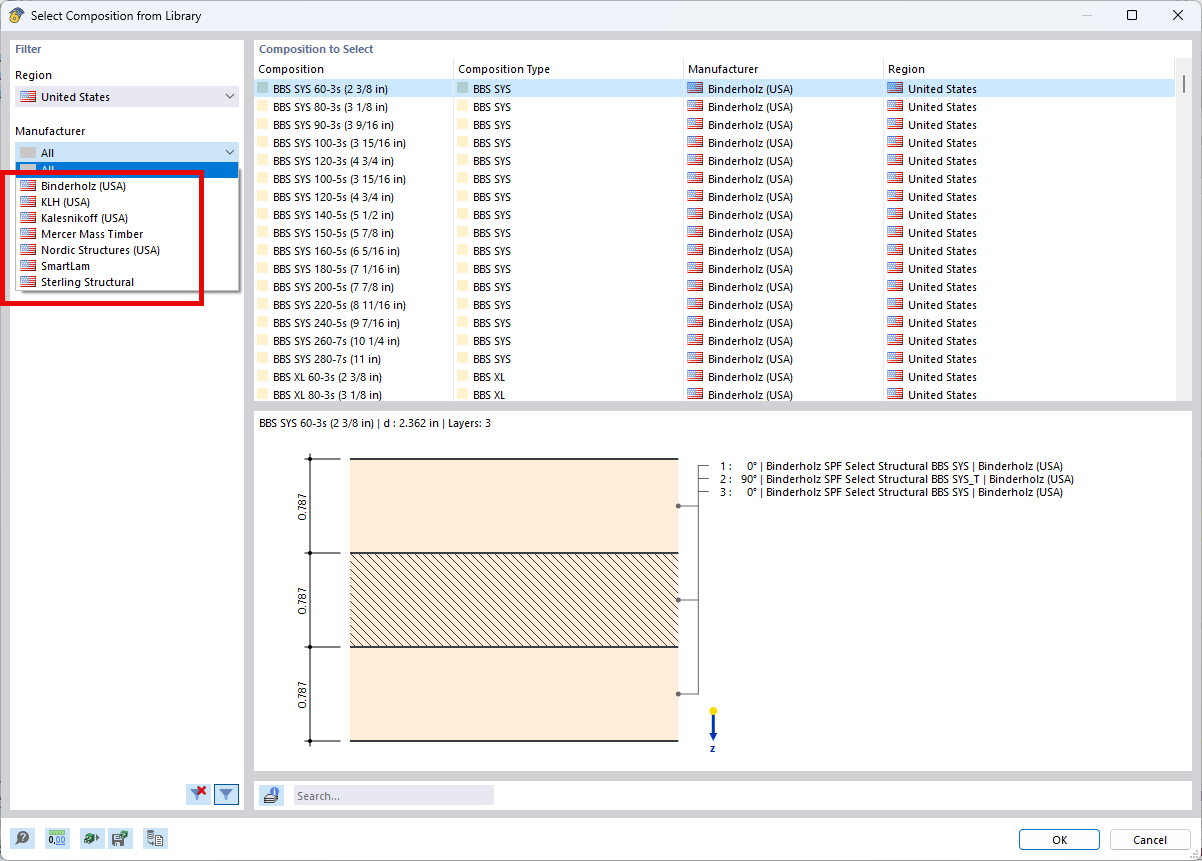.png?mw=512&hash=4e74affa9ad0c7b703151c5085ac9b8e59171c23)











.png?mw=600&hash=49b6a289915d28aa461360f7308b092631b1446e)


















